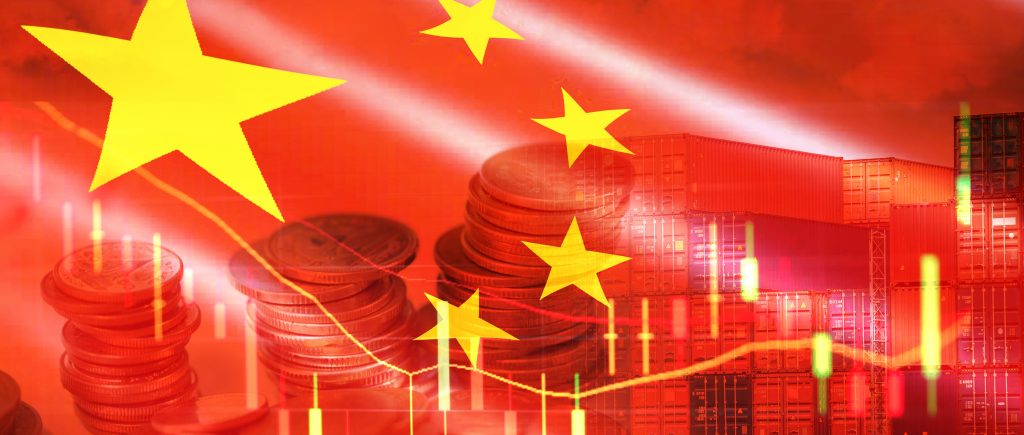China’s President Xi Jinping is attempting to shift China from its property-based, debt-fueled economic model, which has been cooling growth in the world’s second-largest economy.
However, investors are concerned about the structural changes underpinning the country’s continuing appetite for raw materials, such as the $300 billion copper market.
China imports over 60% of the metal’s globally traded volume, and the country’s vast real estate sector is still finding a bottom. New construction starts by area have shrunk by another 23% in the year to October from an already battered 2022.
Due to China’s geopolitical tensions with the West, which include a technology race with Washington and its cosy relationship with Moscow, investors are wary of investing in a wide range of Chinese assets. Between July and September, China saw $11.8 billion in net foreign direct investment, its first-ever quarterly deficit.
But the picture is complicated by two subtle trends. First, with the majority of Chinese wealth being held in property, Xi is keen to avert social unrest. His goal is for financially troubled developers, such as China Evergrande, to complete the apartments they have pre-sold to mortgage holders. Second, Xi is moving faster to replace real estate as the nation’s main driver of economic growth with high-tech and green industries. State-owned banks will probably be encouraged to lend more money for solar, wind, and electric vehicles.
Even though China’s “new economy” still makes up a small portion of the country’s overall growth, its rise is nevertheless driving up demand for commodities.
Copper is a necessary component of power grids, batteries, electric motors, and other renewable energy-related projects. Commodity trading group Trafigura projects that China’s copper demand will increase by 4 million metric tonnes from 2020 levels to approximately 18 million tonnes annually in 2030.
These elements serve as a foundation for Chinese growth. The IMF raised its forecast for China’s GDP growth in 2023 and 2024, predicting that the nation’s output would increase by 4.6% in 2024 as opposed to the 4.2% predicted in October.
China’s appetite for green technologies should continue to help African nations like the Democratic Republic of the Congo and Latin American nations like Chile as it shifts to a new economic model.

 Noor Trends News, Technical Analysis, Educational Tools and Recommendations
Noor Trends News, Technical Analysis, Educational Tools and Recommendations




